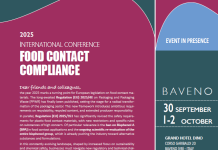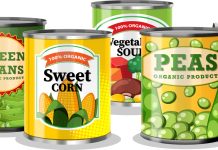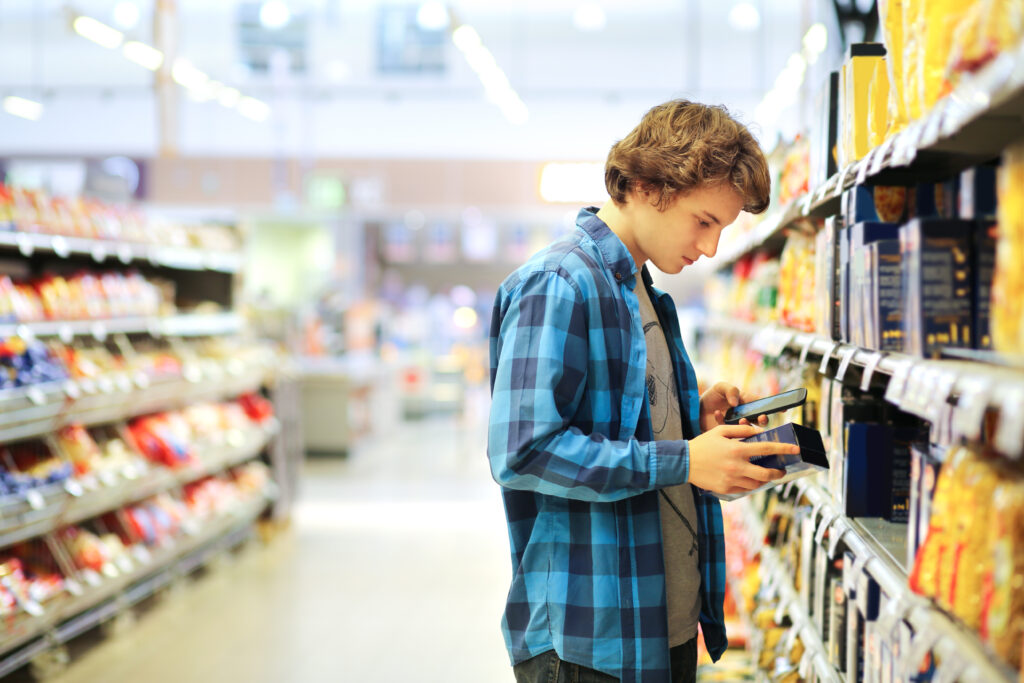 Current trends show that the food industry will focus on the personalisation of products and packaging, this also thanks to modern printing technologies. An evolution that also concerns the increasingly minimal packaging, which is capable of reducing wastes and transport costs.
Current trends show that the food industry will focus on the personalisation of products and packaging, this also thanks to modern printing technologies. An evolution that also concerns the increasingly minimal packaging, which is capable of reducing wastes and transport costs.
Fresh products are often processed by food businesses into long-life, packaged and labelled products. A precise marking that allows all the information on the label, including lot numbers and expiry dates, to be read is essential. Food companies need diversified marking and coding technologies for materials used in packaging (plastic bags, glass jars, plastic trays or containers, tinplate or aluminium cans) and for the different working and storage conditions of the processed food.
Companies also have to cope with the many references proposed, the changes of labelling due to the constant evolution of reference regulations, and the demand of consumers for solutions with a high service content, which concern not only the product itself but also the primary and secondary packaging.
Marking and coding machines must be sanitized to comply with the strict hygiene regulations imposed during food processing and therefore must be resistant to sanitization cycles, easily washable, possibly with a hygienic design. To complement this, food processing companies use non-toxic and eco-friendly inks for marking and coding purposes.
A wide choice
The choice ranges from labellers for self-adhesive labels, units for the printing and applying of bar codes, QR, Datamatrix and so forth. There also is a variety of labels commonly used in the food sector: wraparound, seals, for multi-pack or trays, for flowpacks, doypacks and flexible packages, boxes and pallets. It is also possible to insert coupons and gadgets, apply collars and carton headers, distribute cartons, trays, ramekins. There are tailor-made solutions for each production sector.
In the canned food industry, for example, companies are faced with the need to apply a label on the body and cap (a seal) of cylindrical jars. In this case it is possible to apply a single label as body and seal label, reducing the chance of error. The machine is required a certain versatility, to handle different product sizes and with a quick and easy format changeover. The carton headers, on the other hand, apply carton headers on bags containing, e.g. pasta, speeding up the production process.
An automated operation allows not only higher speed, but also better accuracy. Systems for the simultaneous top and bottom labelling of containers. Modern solutions are versatile and well suited to the different package shapes, with quick and easy format changeover and the possibility of one-sided labelling. Food companies can choose between various possible solutions also for packaging customisation.
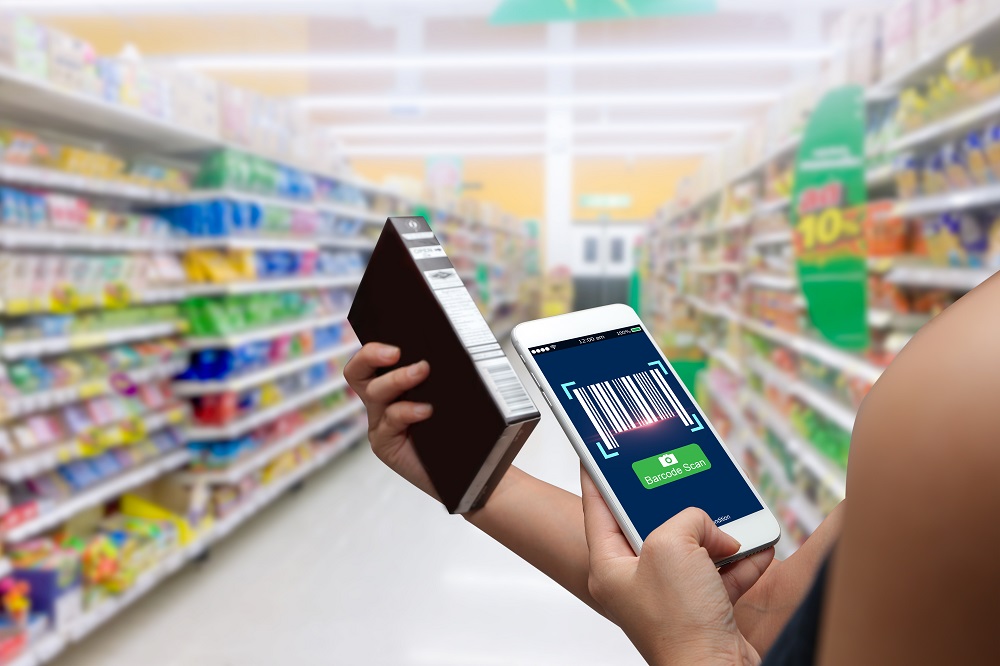 Packaging customisation and attention to the environment
Packaging customisation and attention to the environment
Packaging is becoming an increasingly interactive medium: through a code printed on the package, it is possible to receive or send information that originates from the product, but that involves a whole series of activities related to it. This thanks to the possibilities offered by 5G, Artificial Intelligence and by the 4.0 Industry, which introduce innovative aspects also in the printing.
During the Print4All Conference last March, it turned out that the printing industry in Italy is worth 24 billion Euros (source: Acimga and Argi). Another interesting figure shows that more than 50% of consumers are interested in purchasing custom-made products,1 in 5 would be willing to pay 20% more for a custom-made product. In addition, the market value of custom products is estimated to reach $ 31 billion in 2021, up to 55% from 2016 (source: Deloitte Consumer Review 2015).
Product – and packaging – customisation seems to be one of the basic principles that the marketing of food companies can no longer do without. Customisation makes food products, especially serial products, unique or in any case distinguishable on the shelf from the competition. From this point of view, modern printing technologies can be a valuable aid to packaging customisation.
Added to this is the increasing consumer attention to environmental issues. Food companies are working to reduce the size and weight of the package, use water-based inks and non-polluting starch-based glues, recyclable packaging that is safe and able to preserve the food throughout its shelf-life. E-commerce, which saw its numbers grow during the Covid lock-down, has highlighted even more the role of the package for the protection of food.
In this context, there are labelling systems that have proved to be more efficient than others. For example, label print & apply systems seem to be the most suitable solution, because they allow the label to be printed and applied using a single, fully automatic system. In addition, these systems offer great flexibility in handling any shape and size of labels. Food labels, moreover, are subject to constant changes imposed by a frequently changing legislation.
That’s why it is vital to have fast printing systems that keep pace with market needs. With digital printing it is possible to change product information quickly. Self-adhesive labels are well suited to different packaging formats, whether round, square or oval, as well as to different materials. They are resistant to low temperatures, thanks to dedicated materials and treatments, as adhesives suitable for freezing or the protective coating, resistant to oily substances, lasting over time.
The current trend sees packaging becoming more and more minimal, able to reduce wastes and transport costs. It must also be reusable and recyclable, therefore Green (eco-sustainable). And safe, not only in order to protect the food, but also to prevent its theft and tampering. Redesigning the packaging is a necessity. It is estimated that in a container 24% of the space is empty, with a considerable increase in costs.
A valuable aid could come from increasingly green logistics, not only in terms of carbon emissions by reducing energy consumption in transport, but also by reusing and recycling packaging materials. Digital (scan) processes and technological advances will simplify different activities, changing the way food travels around the world.
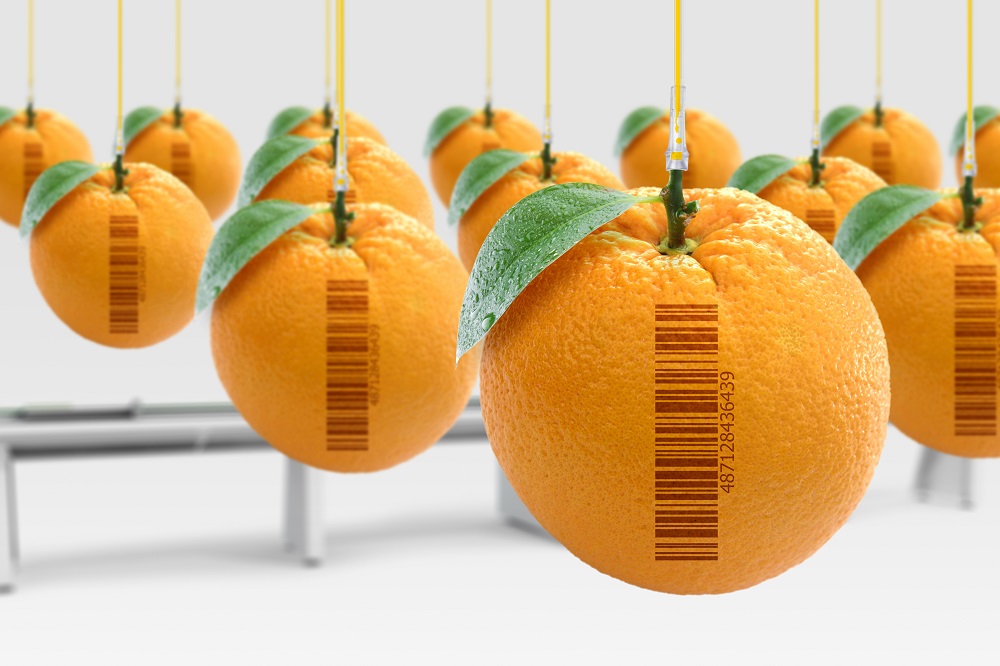 The market and future forecasts
The market and future forecasts
Covid has also had an important impact in the world of labelling and coding, thanks in part to the automation and digital printing processes that have taken off, especially in the logistics segment, with processes that are increasingly fluid and fast. According to INTERGRAF (European Federation of the graphic industry and of digital communication) data, Covid has had a major impact on the European graphics, industry, represented by 109,000 companies, 603.000 employees and a turnover of 79 billion Euros.
According to Smithers’ report “The Future of Digital Print: Long-Term Strategic Forecasts to 2029”, digital ink-jet and electro-photographic printing systems will become increasingly important in the global printing market in the next ten years. The digital printing market will see growth by 65% over the next ten years to reach $230 billion by 2029, driven by incursions into package printing, as well as books and other graphic printing areas. According to Smithers, inkjet and electrophotography digital systems will evolve with incremental improvements in performance of equipment, while the ink technology will deliver better results on a wider range of print and packaging substrates.
The most significant change for digital printing over the next 10 years will be through developments integrating digital print, particularly ink-jet, to simplify and speed up the time-to-market (i.e. time between the conception of a product and its effective marketing) for many print products. This will contribute to lower run lengths cost-effectively, while reducing the major hurdles for digital printing, i.e. the high equipment and consumable costs.
Always according to Smithers, there will be a growing trend towards personalisation. The biggest opportunities will come from companies investing in new products with high added value, sustainable proposals and specific advice. Among the printing technologies that will, at least for the next three years, register constant growth, there seems to be flexographic printing. The global market of flexographic printing presses is set to grow by 219.24 million dollars in the 2019-2023 period, with an annual growth rate in excess of 3%. (source Smithers).
These positive estimates also apply to the labels market. This segment seems to benefit of an increasing offering of digital and hybrid printing solutions, even if the majority of labels are still printed with traditional printing presses. This is due to the long life-cycle of flexographic printing presses. The innovation regards also the management of drying printed products thanks to the development of the UV LED curing technology.
There are also interesting trends in the sustainability of materials and inks: from the pursuit of solutions for printing on lighter materials to the use of inks with increasingly eco-friendly credentials, such as solvent- and water-based inks suitable for various packaging substrates.

